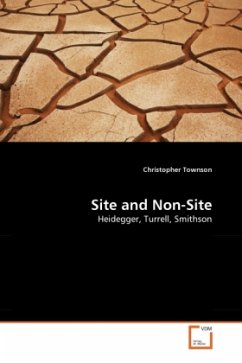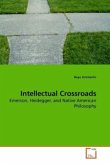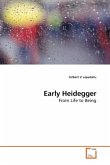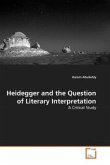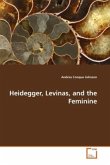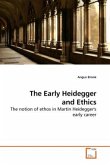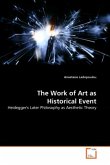The notion of site-specific art is one that has been used extensively within art theory and practice since the late 1960s. However, in the process of its various utilisations and interpretations the concept would seem to have been emptied almost entirely of meaning such that, in the words of Miwon Kwon, it becomes merely a token of criticality or progressivity. Many works throughout history have had a specific relation to a site. What, if anything, distinguishes modern and contemporary works that draw on the concept or to which it is ascribed? By revisiting the philosophical basis of the problem through an analysis of the work of Martin Heidegger and Maurice Merleau-Ponty, Dr Christopher Townson addresses the problem of the meaning of site-specificity as a concept, then elaborating this through case studies on James Turrell and Robert Smithson. As a consequence, significant conclusions can be drawn not only with regard to site-specific art past and present but also for art history as a discipline.
Bitte wählen Sie Ihr Anliegen aus.
Rechnungen
Retourenschein anfordern
Bestellstatus
Storno

